Books
From Hill House to Hundreds Hall: Ruth Ware on the lure of the haunted house
For someone who writes scary books, I’m surprisingly bad at reading them. So much so, that it took me three attempts to get through Shirley Jackson’s The Haunting of Hill House because I kept freaking myself out.
In spite of that, I do still love a good haunted house story, which is maybe part of the reason why I keep returning to spooky, atmospheric locations in my own writing. After all, when you’re writing a locked room mystery, why not make the room itself as terrifying as possible? From the malevolent Overlook Hotel in The Shining to the enigmatic Hundreds Hall in The Little Stranger, some of my favourite fictional locations are the kind of places you definitely wouldn’t want to spend the night alone – but as a reader I’ve spent many deliciously terrified hours in both.
Fictional haunting can take many forms, from the resolutely supernatural to the ambiguously human. Stephen King in The Shining seems to come down quite definitely on the side of the hotel itself being evil, with writer Jack Torrance just acting as the human conduit for its havoc. King imbues Jack with some fairly ambivalent qualities, but it’s not until he is alone with his wife and son in the remote hotel that his personality really starts to unravel. And as we learn more of the hotel’s history, we discover that Jack is in no way the first person to be undone by the Overlook. King doesn’t let Torrance off the hook for his actions – but he makes it clear that the hotel is the catalyst for Jack’s breakdown.
Hill House, in The Haunting of Hill House, is a very different place, lacking the Overlook’s sprawling isolation and tragic back story, but it has a similarly malevolent energy – one that Jackson makes clear from the very first page when she tells us, in a deceptively casual aside, that Hill House is ‘not sane’ – a characterisation that is accepted long before any of the human frailties of the inhabitants are introduced.
Crumbling Hundreds Hall in The Little Stranger is somewhere on the cusp. While the narrator, Dr Faraday, saturates his descriptions of the house with a definite sense of eeriness, it’s not clear whether the sense comes from the house itself or the fragility of the Ayres family who are living there. Roderick, the eldest son, is recently back from the wars and suffering from shellshock as well as physical injuries, Caroline, his sister, is worn out caring for him and her mother, Mrs Ayres. The whole family is grieving the loss of Susan, a missing sibling who died as a child. Are the strange events that torment the family their own work, or a true haunting? Dr Faraday’s name hints at a third possibility – named for the discoverer of electromagnetic forces, and the way two objects interacting can cause invisible forces to work, it may be the presence of Faraday himself that set all this in motion.
But if The Shining and The Haunting of Hill House are at the supernatural end of the scale, and The Little Stranger somewhere in the middle, The Yellow Wallpaper is firmly at the other. While the unnamed narrator asks us to believe in the mysterious pulsating malignance of the wallpaper in her attic room, and the presence of strange things bulging and moving behind the pattern, the reader is invited to conclude something else – that a long post-natal confinement and misguided treatment from her husband and doctor have unravelled our narrator’s sanity completely, until she can no longer distinguish between delusion and reality.
The Turn of the Screw, the most direct inspiration for The Turn of the Key, maintains a careful balance between the two possibilities, so that readers can put it almost anywhere on the scale depending on their own preconceptions. Are the children really possessed, as the nanny believes? Or are her own delusions causing her to see evil in them? We never find out for sure.
Where exactly The Turn of the Key comes on the scale is for the reader to discover – and perhaps to decide. Like the governess in The Turn of the Screw, my narrator is a nanny shut up in a remote location with children who are by turns angelic and antagonistic. She also has her own agenda and viewpoint that she is trying to persuade the reader to accept, meaning that her own beliefs are only one side of the story. Like Jack Torrance she has her own frailties and secrets she is trying to guard, frailties which Heatherbrae House painfully exposes, and like the Overlook Hotel, Heatherbrae itself has a tragic past, with several deaths to its credit. But like Hundreds Hall, none of the events that take place there are completely inexplicable.
Is Rowan delusional, a liar, or the innocent victim of a house with its own secrets to unravel?
I’ll let you find out.
What are your favourite haunted house mysteries? Let us know in the comments below…
Take a look at all Ruth Ware books in order of publication here.
3 Comments
Join the discussion
Please note: Moderation is enabled and may delay your comment being posted. There is no need to resubmit your comment. By posting a comment you are agreeing to the website Terms of Use.

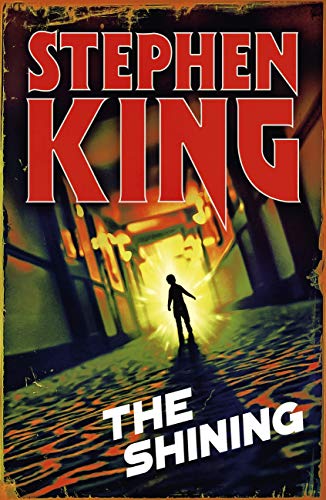
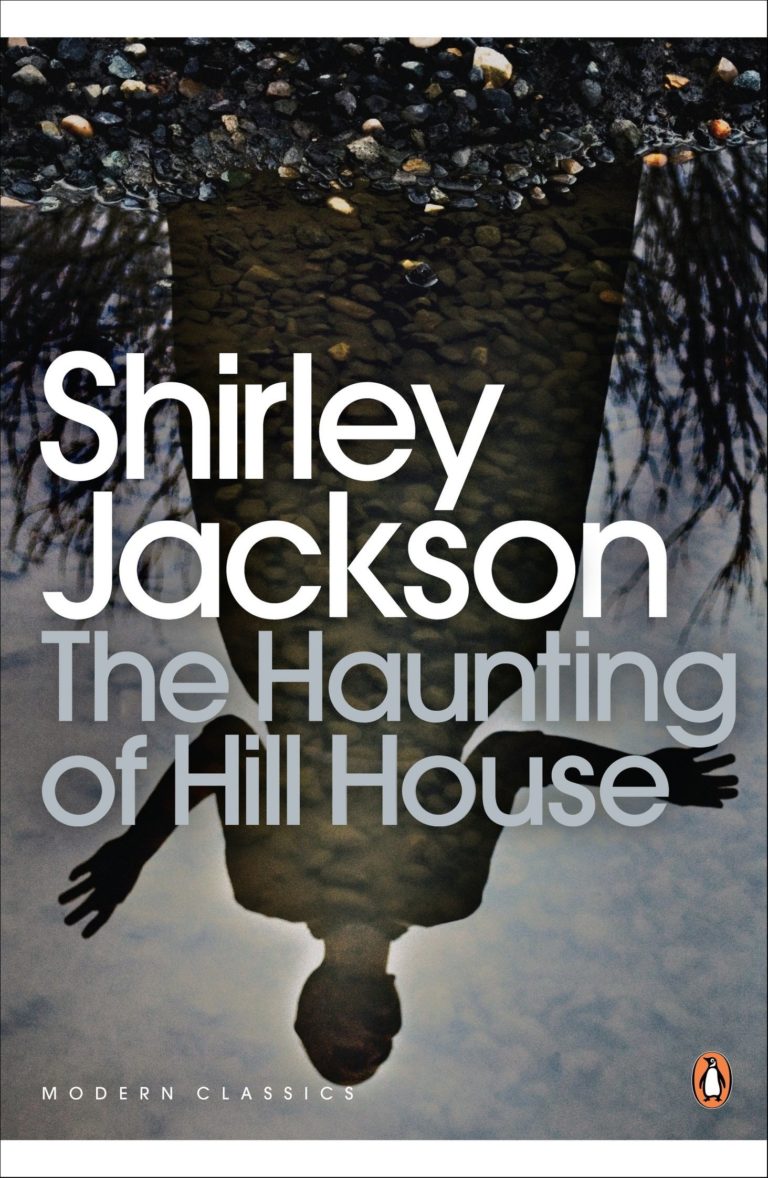
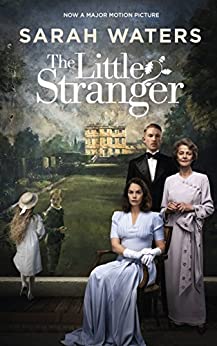
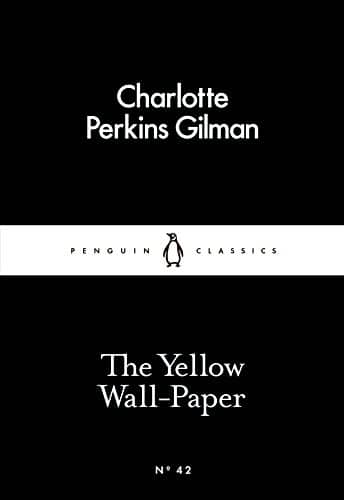
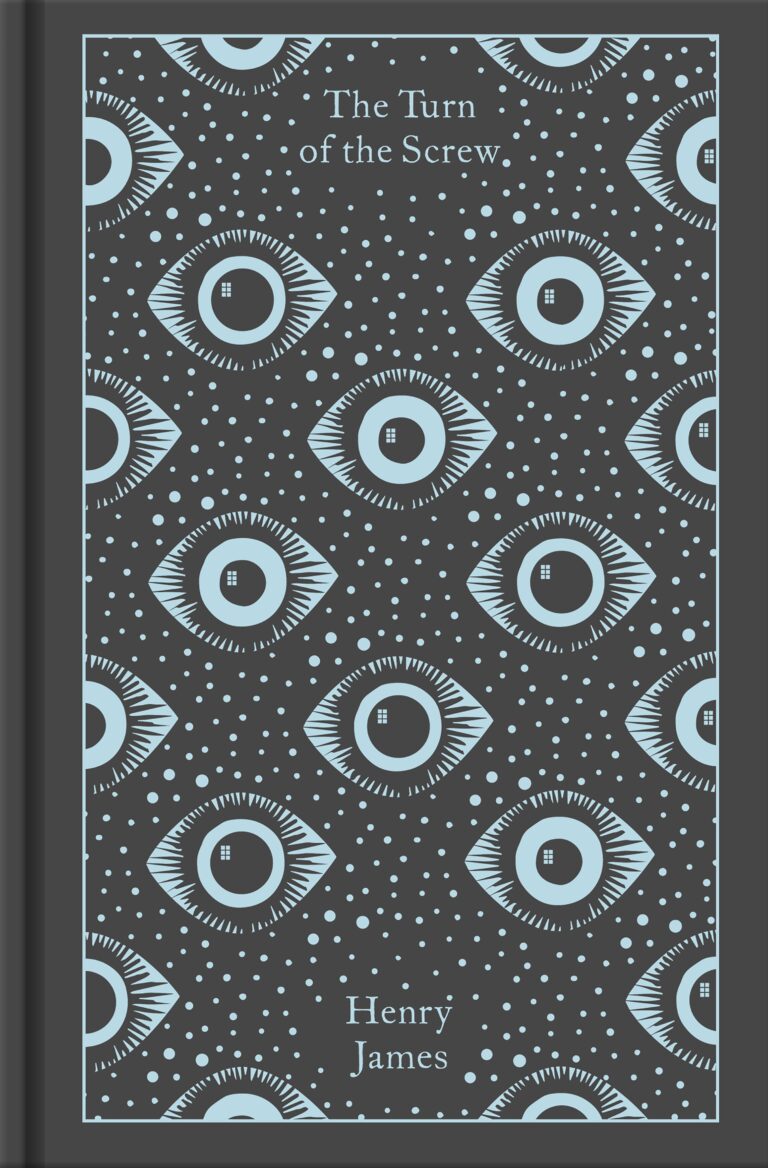
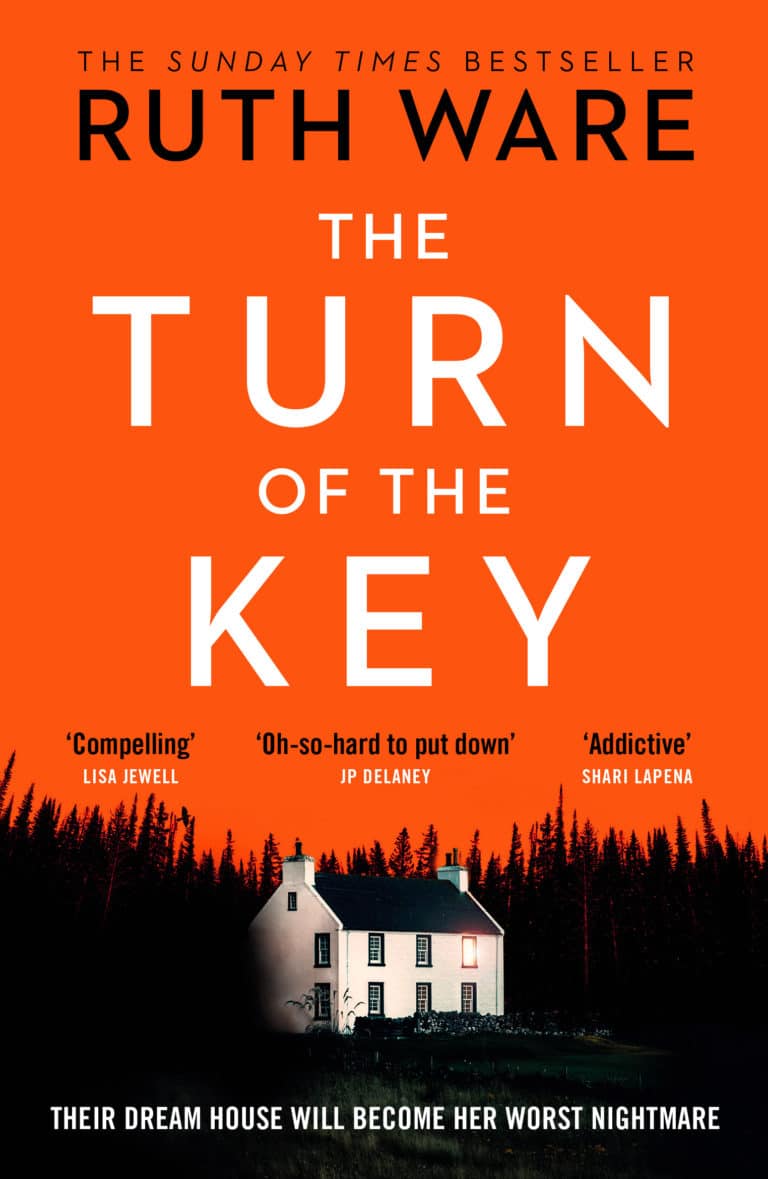
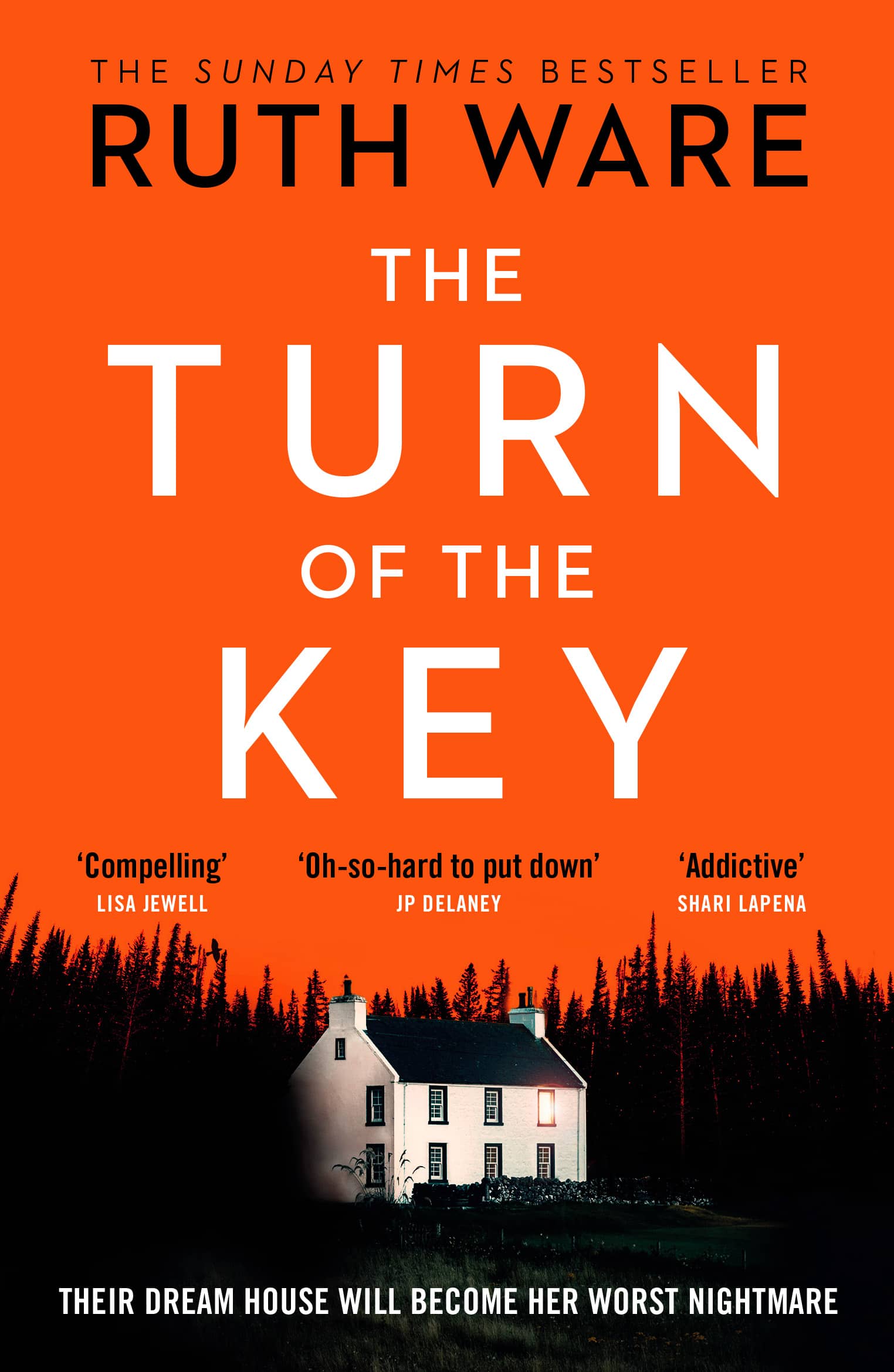

I love all of Ruth Ware’s books. Some of them I couldn’t read at night. I scared myself. Keep writing. I really enjoyed your contribution to the Marple book. You should write more Marple. I look forward to your next book and I loved the it book.
“The House Next Door” by Anne Rivers Siddons.
Great discussion on haunted houses ! I love books about the supernatural ,Haunted houses and ghosts books are my favorite. .I also love your books especially The turn of the key .I read these books This house is haunted by John Boyne and the seance by John Harwood,they are great supernatural books. stay safe !!